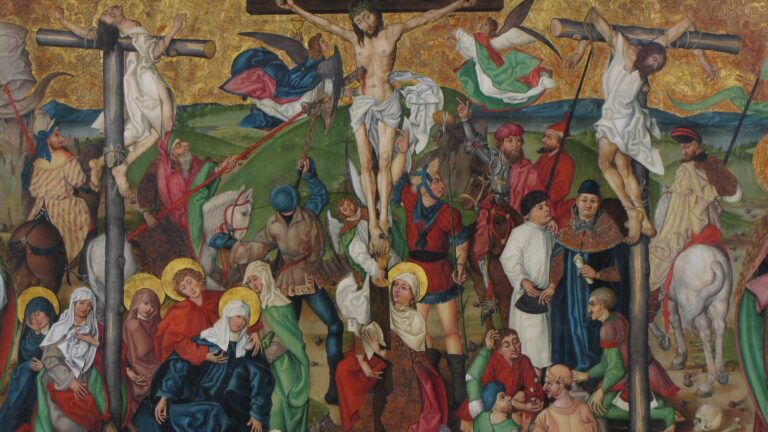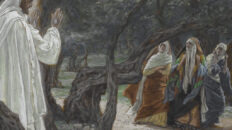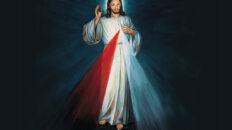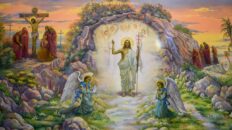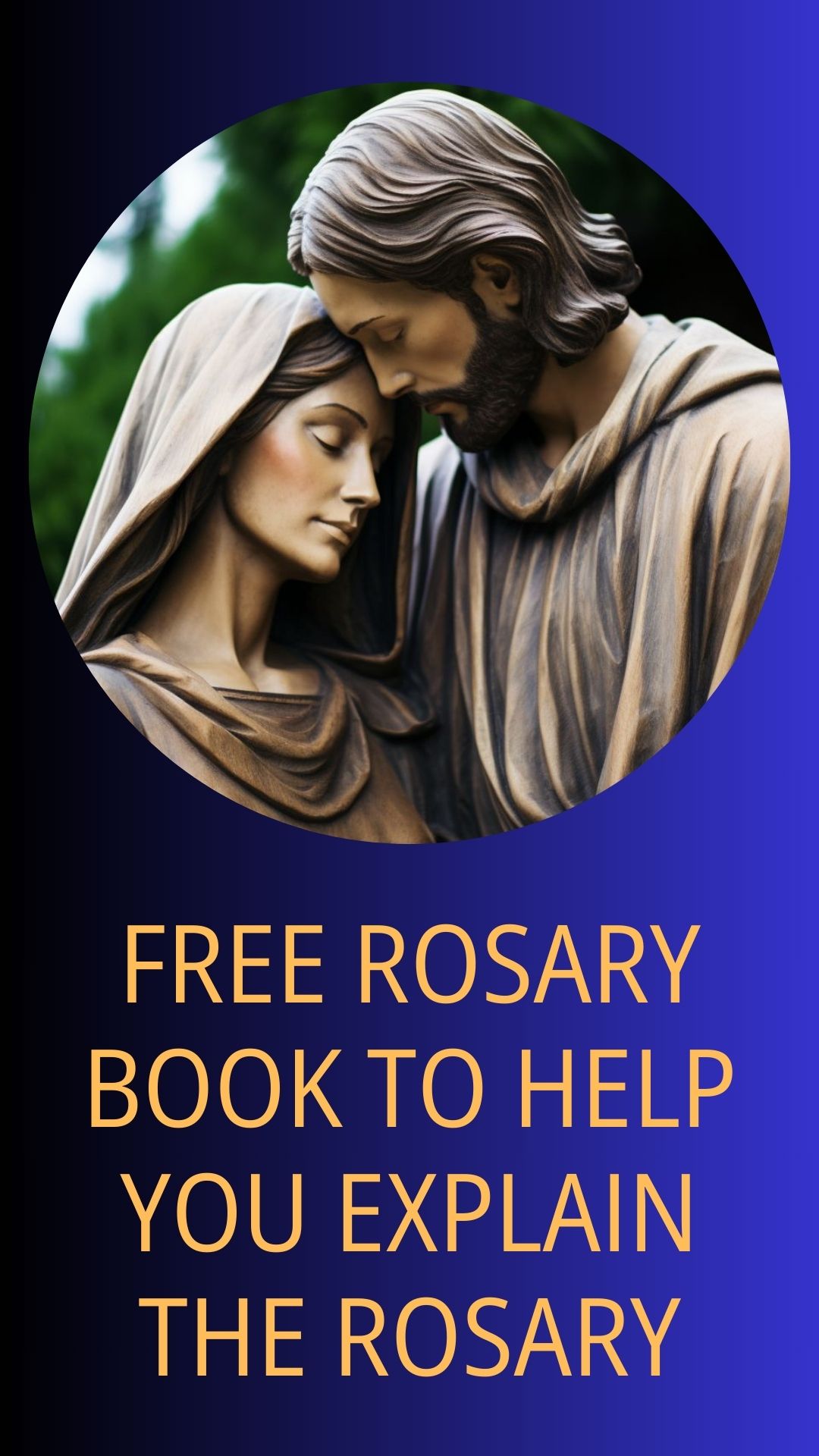“Then he [Pilate] handed Him [Jesus] over to them to be crucified. So, they took Jesus; and carrying the cross by Himself, He went out to what is called ‘The Place of the Skull’, which in Hebrew is called Golgotha. There they crucified Him, and with Him two others, one on either side, with Jesus between them.” (John 19:16-18).
“It was now about noon, and darkness came over the whole land until three in the afternoon, while the sun’s light failed; and the curtain of the temple was torn in two. Then Jesus, crying with a loud voice, said, ‘Father, into your hands I commend my spirit.’ Having said this, he breathed his last. When the centurion saw what had taken place, he praised God and said, ‘Certainly this man was innocent.’” (Luke 23:44-47).
Reflecting on the above Scriptural passages, I wish to share with you a brief meditation on the sacrificial death of our Saviour Jesus Christ. Permit me to use a story of the Good Friday veneration of the cross of Jesus Christ for illustration. For the veneration of the cross in his parish, a priest provided an empty coffin in place of the cross. Unknown to the parishioners, the inside of the coffin was lined with a mirror. And so, as they filed passed and peeped inside the coffin, each one saw nothing but his/her own image. The experience was very moving, and almost everybody returned to his/her pew sobbing.
This story provides us with several lessons, but let us limit ourselves to three of them. Firstly, as one sees his/her image in the coffin, one becomes more conscious of the fact that Jesus Christ has died in his/her stead. Thus, the prophet foretold: “he has borne our infirmities and carried our diseases; … he was wounded for our sins, crushed for our iniquities; upon him was the punishment that made us whole, and by his bruises we are healed” (Isaiah 53:4-5). Beloved, let us, therefore, express heartfelt gratitude to Jesus who has died for us. Our lives should be lived in constant thanksgiving to Jesus. That is, our daily thoughts, words, actions and inactions should be in accordance with His will.
Secondly, since one sees his/her image and not that of Jesus in the coffin, he/she should weep not for Jesus but for him/herself. Thus, Jesus told the weeping women of Jerusalem: “Daughters of Jerusalem, weep not for me, but for yourselves and your children” (Luke 23:28). It was as if Jesus was telling them: “yes, you see my distorted and bloody face, my pierced and aching head, my tortured and weakened body, my crashed and wobbling limbs; but my sufferings are for just a few hours. Yours would be for all eternity if you don’t give up your sins, for the wages of sin is eternal death (cf. Rom. 6:23).” Beloved, as we appreciate the fact that the Lord suffered and died in our stead, let us detest sin and avoid the near occasion of sin.
Thirdly, whoever saw his/her image in the coffin, still walked away alive. Beloved, this means that we who die with Christ, rise up with Him (cf. Rom. 6:5-6). On the one hand, we who have died with Christ through baptism (cf. Rom. 6:3) “should no longer be slaves to sin, for he who has died has been freed from sin” (Rom. 6:6-7). On the other hand, we who have risen with Christ through baptism “should walk in newness of life” (Rom. 6:4). Finally, assured that we will ultimately rise with Christ after our physical death, we can look into the future with so much hope; for death will not be our end, but rather the beginning of the best part of our lives, and not for a short while, but for all eternity! Amen!
By Rev. Fr. John Kobina Louis

